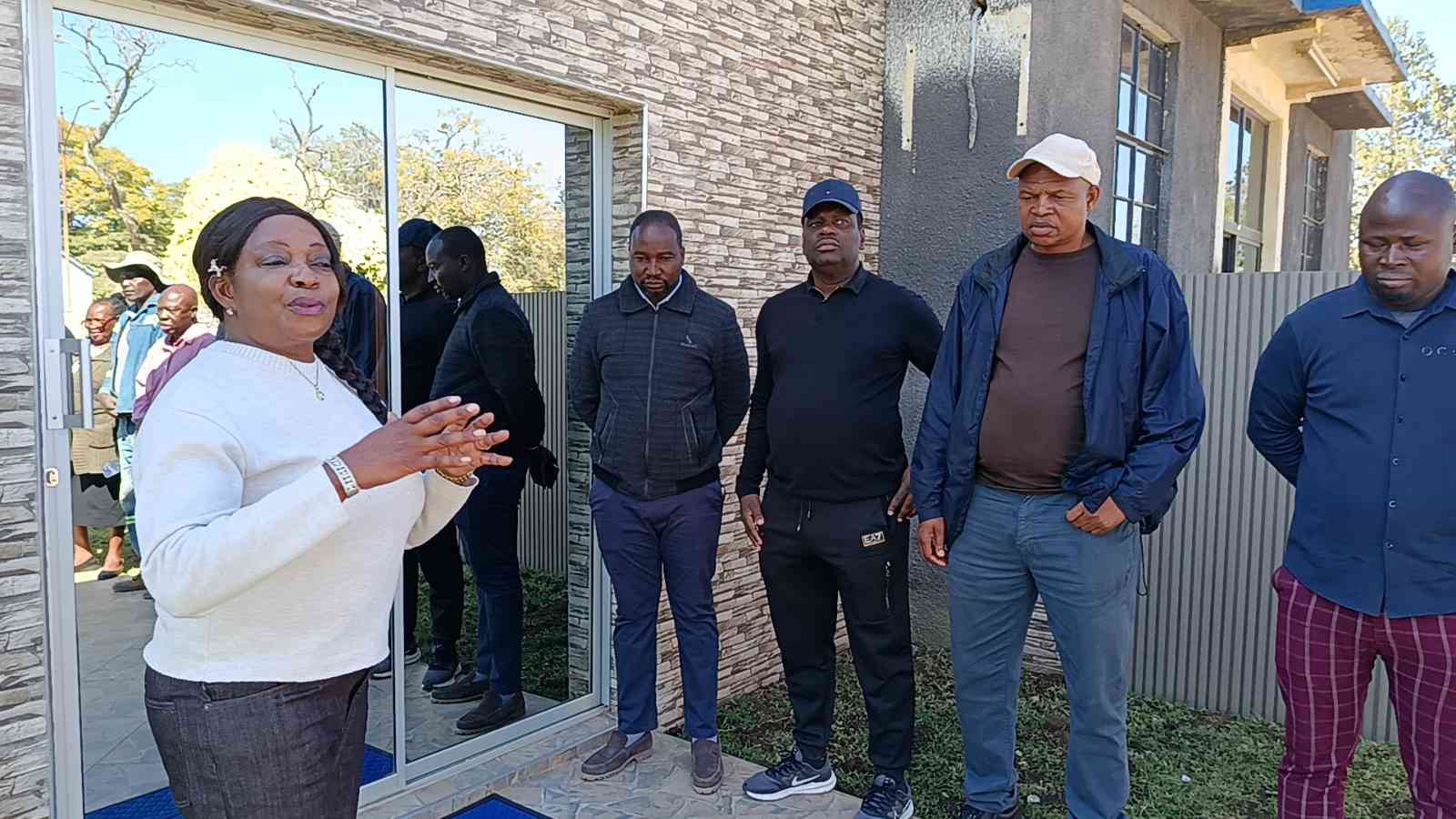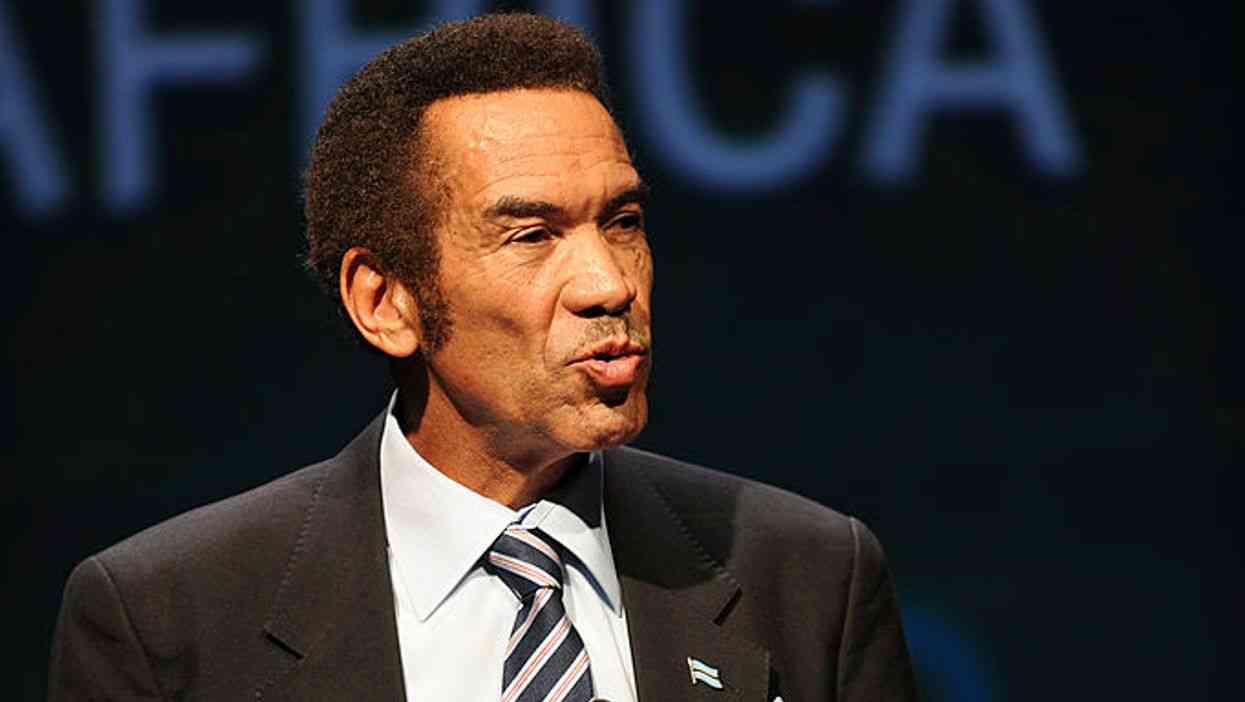
news in depth;BY NYASHA CHINGONO
IT is nightfall in Harare’s Kuwadzana, a township where smoke from makeshift fireplaces fills the air and torches shine into the thick of the night.
Children are out playing, singing folklore songs, while their mothers prepare dinner.
For the little ones, this is the only evening entertainment they have before retiring to bed.
Under dim light, a group of women, who share a compound in Kuwadzana 5, take turns to help illuminate the cooking area.
This is a melting pot for the intractable struggles faced by Zimbabweans, a country where power is now erratic and a rare commodity.
They endlessly talk about how their incomes have been ravaged by the incessant scourge of hyperinflation.
Women here have even lost track of their favourite soap operas and television shows due to the harrowing 18-hour load-shedding introduced by government early last year.
- Chamisa under fire over US$120K donation
- Mavhunga puts DeMbare into Chibuku quarterfinals
- Pension funds bet on Cabora Bassa oilfields
- Councils defy govt fire tender directive
Keep Reading
Mothers in Kuwadzana have borne the brunt of the crippling power shortages, as they are forced to look for alternative sources of power to ameliorate the grinding poverty resulting from the scarcity of electricity.
With gas prices beyond the reach of many at US$1,50 per kg, women in Kuwadzana resort to firewood and sometimes charcoal as they prepare meals for their families.
Firewood is also becoming increasingly expensive as demand continues to soar because of the power blackouts.
According to the United Nations, 13% of the global population still lacks access to electricity while three billion people rely on wood, coal, charcoal or animal waste for cooking and heating.
So dire has been the power situation that some manufacturing companies have introduced night shifts for their workers in order to stay afloat.
Back in Kuwadzana, it is 9pm and Wongai Maphosa (30) impatiently waits for power to return after a long day working at a tuckshop.
Her children are already asleep, but Maphosa has to bake bread and iron uniforms in preparation for the next day.
It’s also time to catch up with one or two episodes of her favourite late night television shows.
“Rarely do we have electricity during the day. Nowadays power is switched off around 3am and restored around 10pm,” Maphosa said.
“Coping with these power challenges has been a real challenge.
“It is also expensive to buy gas, paraffin or charcoal because people selling it are now taking advantage of the shortages,” she added.
While only a few affluent households are migrating to solar invertors for power, many families cannot afford solar panels, lamps, inverters and lanterns.
Power-short Zimbabwe last year removed import duties on solar-energy-related products, batteries and cables to encourage importation.
Brian Mupasiri (34), who operates a welding business at the Kuwadzana Home Industries, has been forced to work night shifts.
Mupasiri says he risks losing business if he does not clear orders on time.
“Customers do not really care if you have electricity or not, all they demand from you is timeliness in delivering the orders,” he said.
“I work six hours, from 10pm every day, this has become our routine. I have no choice, my family has to survive.
“I cannot afford diesel, so using a generator is a non-starter. “My business has suffered greatly; I hope the situation will get better soon.”
In the Graniteside industrial area at Hilgroove Chunks, 15 workers get ready to start a shift at 10pm.
The sleepy-looking young men will spend the next six hours working in the dead of the night.
Clad in blue and yellow overalls, foreman Mukundi Habane (46) says the company has been forced to downsize and downscale production due to crippling power cuts.
The small company has laid-off five workers as capacity continues to plummet.
“We used to work 12-hour shifts, but now we can only manage six,” Habane said.
“We have, at times, failed to meet our supply deadlines due to power cuts and this has been detrimental to our business.”
Zimbabwe last year was plunged into darkness after water levels at Kariba Dam fell to its lowest since 1996, worsening the power generation catastrophe.
Zimbabwe and Zambia depend on Kariba Dam for nearly half their power.
In April last year, Zesa Holdings reduced average power output at anchor power station, Kariba South by 5,3% to 445 megawatts after the Zambezi River Authority cut the water allocation for electricity generation by 5,3% from 38 billion cubic metres to 36 billion cubic metres.
Power challenges have also been worsening due to corruption at the state entity.
Among a number of fraudulent deals, the Auditor-General’s report for the year ended December 31, 2018 exposed shocking levels of graft, with the power utility paying US$4,9 million for transformers nine years ago, which were never delivered.
The country’s power utility has also been locked in a legal battle with businessman Wicknell Chivayo over a multi-million 100-megawatt Gwanda solar project.
The US$5 million solar project, which was expected to ease Zimbabwe’s perennial power challenges, is now dead in the water following revelations that Chivayo could not deliver the power plant.
Another major source of power, the Hwange Thermal Power Station, is constantly breaking down due to obsolete equipment.
Zimbabwe is in desperate need of alternative sources of energy in the wake of depleted water resources at Kariba as a result of the current El Nino-induced drought.
The effects of climate change on Zimbabwe’s major water body, Kariba, should trigger a policy rethink, according to energy experts.
With the country’s power costs expected to go up 300% owing to climate change, government has been encouraged to invest in solar energy to avert power problems.
This is so because Zimbabwe already owes millions of dollars to regional power suppliers like South Africa’s Eskom and Mozambican power entity Hidroeléctrica de Cahora Bassa, which has resulted in the two foreign entities drastically cutting power exports to Zimbabwe.
This has contributed to the severe power outages being experienced in the country.
Zimbabwe requires an estimated US$8 billion to build solar fields, according to a Dutch development agency, Hivos.
“Borrowing from other countries’ experiences, an average of US$8 billion spread across different provinces can help in building these solar fields, which can harvest the solar and ease energy needs,” Hivos regional project manager for green and inclusive energy, Mike Maketho said.
“It will also enable the country to export energy to other countries, as well as supplying the industries that are being affected by the power crisis.”
Energy expert, Kwabena Addo Pambour says African leaders lacked the political will to invest in sustainable energy sources, a situation that has led to crippling power cuts across the continent with some countries like Zimbabwe going for 18 hours daily without power.
Pambour said Africa had the potential to grow its solar energy but lacked political will to invest in renewable energy.
“I can only think political reasons in my opinion because the resources are there,” he said.
“When I hear that a country in Africa is importing primary energy from somewhere else, for me it’s a joke.
“It’s like you are sitting on gold and then you ask others to bring the gold to you, it’s ridiculous.
“The resources are there, we just need to tap into it.”
Experts say, Zimbabwe should emulate countries like Morocco, which invested US$9 billion into solar fields.
This massive investment is expected to grow power generation exponentially in the North African country.
The recent decision by the state power transmission company to increase its electricity tariffs by 19.02%, effective March 1, citing rising inflation and a weakening exchange rate is also likely to worsen access to power.
While Zimbabwe is committed to meeting the Sustainable Development Goals 7, which ensures access to affordable, reliable, sustainable and modern energy, the country still lags behind in access to energy as compared to regional counterparts.










